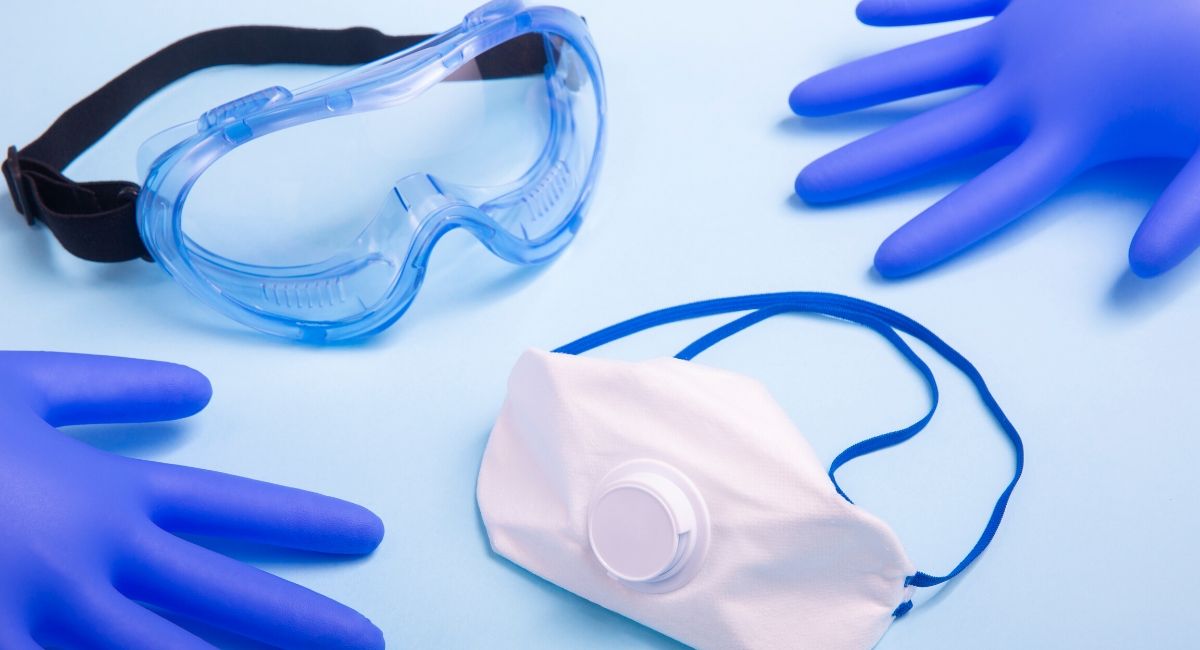Personal Protective Equipment (PPE) is a cornerstone of workplace safety, yet even the best equipment can fail to protect if used incorrectly. In many cases, injuries and accidents occur not because PPE was unavailable, but because of common mistakes in its selection, use, or maintenance.
These oversights can be costly, both in terms of worker health and organizational efficiency. To ensure your PPE does its job, it’s essential to recognize and avoid these pitfalls.
Common Mistakes to Avoid When Using PPE
This article highlights the most frequent errors workers and employers make when handling PPE and offers practical solutions to overcome them.
1. Choosing the Wrong Type of PPE
One of the most common mistakes is selecting PPE that does not match the specific hazards of the workplace. For example:
- Using dust masks instead of respirators in environments with toxic fumes.
- Wearing regular gloves for handling corrosive chemicals instead of chemical-resistant gloves.
Solution: Conduct a thorough hazard assessment to identify the correct type of PPE for the job. Consult industry standards and regulatory guidelines to ensure compliance.
2. Improper Fit
PPE that does not fit correctly can compromise safety and comfort. Oversized gloves may reduce dexterity, while a loose-fitting respirator may allow contaminants to bypass the filter.
Solution: Provide PPE in a range of sizes to accommodate all workers. Conduct proper fitting sessions for items like respirators and ensure that adjustments can be made where necessary.
3. Lack of Training on PPE Usage
Many workers are not adequately trained on how to use PPE correctly, leading to misuse or neglect.
Solution: Offer comprehensive training on the proper use, donning and doffing techniques, maintenance, and storage of PPE. Regular refresher courses can reinforce best practices.
4. Neglecting Regular Maintenance
Failing to maintain PPE can render it ineffective. For instance:
- Dirty or clogged respirator filters may impede airflow.
- Cracked helmets or gloves may no longer provide adequate protection.
Solution: Implement a maintenance schedule to inspect, clean, and repair PPE regularly. Replace damaged or worn-out equipment promptly.
5. Over-Reliance on PPE
Some employers and workers rely solely on PPE without addressing the root causes of hazards. This can increase the risk of accidents.
Solution: Use PPE as part of a comprehensive safety strategy that includes engineering controls, administrative controls, and proper work practices.
6. Sharing PPE
Sharing PPE between workers without proper cleaning and sanitization can lead to hygiene issues and cross-contamination, especially in healthcare settings.
Solution: Assign personal PPE to each worker whenever possible. If sharing is unavoidable, ensure thorough cleaning and sanitization between uses.
7. Ignoring Expiry Dates
Many types of PPE, such as respirators and gloves, have a limited shelf life. Using expired equipment can compromise safety.
Solution: Check expiry dates regularly and dispose of expired PPE. Maintain an inventory management system to track usage and restock as needed.
8. Incorrect Storage
Improper storage can degrade PPE, such as exposing gloves to direct sunlight or storing respirators in damp environments.
Solution: Store PPE according to manufacturer guidelines, in a clean, dry, and temperature-controlled environment.
9. Failure to Report Issues
Workers often neglect to report damaged or malfunctioning PPE, continuing to use it despite reduced effectiveness.
Solution: Encourage a safety-first culture where workers feel empowered to report issues without fear of reprisal. Act promptly to address reported concerns.
10. Skipping PPE When “It’s Just for a Moment”
Some workers skip wearing PPE for short tasks, thinking the risk is minimal. However, accidents can happen in seconds.
Solution: Enforce a strict policy requiring PPE use at all times when performing tasks with potential hazards, regardless of duration.
Conclusion
Avoiding these common mistakes is crucial for ensuring the effectiveness of PPE and protecting workers from harm. By selecting the right equipment, providing proper training, and fostering a culture of safety, employers and employees can work together to minimize risks and maintain a safe workplace. Remember, PPE is only as effective as the way it is used.

